 Elks Lodge
Elks Lodge
County: Jackson
 Elks Lodge
Elks Lodge
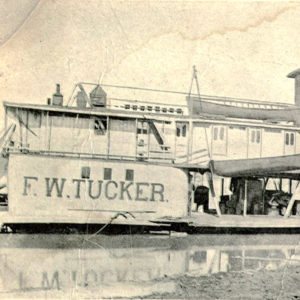 F. W. Tucker Steamboat
F. W. Tucker Steamboat
 First National Bank
First National Bank
Galloway’s Farm, Affair at
aka: Shelling of Jacksonport
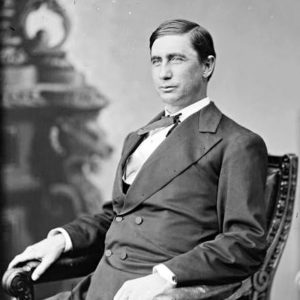 Lucien C. Gause
Lucien C. Gause
Gause, Lucien Coatsworth
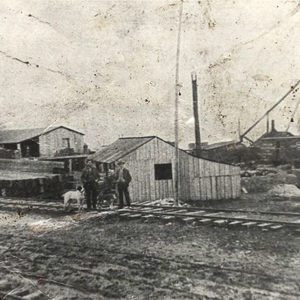 Gibson's Factory
Gibson's Factory
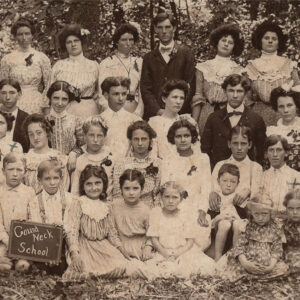 Gourd Neck Students
Gourd Neck Students
Graham, Josephine Hutson
Grand Glaise (Jackson County)
aka: Grand Glaize (Jackson County)
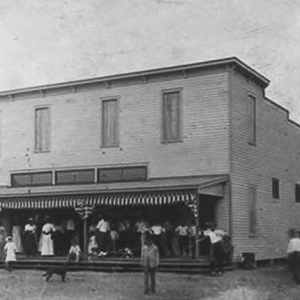 Gregory Store
Gregory Store
Grubbs (Jackson County)
 Grubbs Cotton Gin
Grubbs Cotton Gin
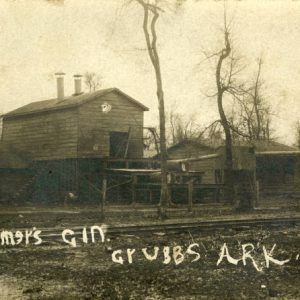 Grubbs Gin
Grubbs Gin
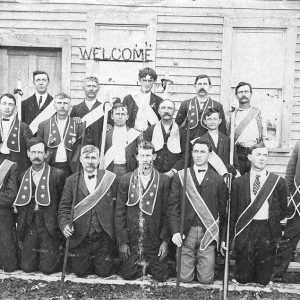 Grubbs Odd Fellows
Grubbs Odd Fellows
 Alice N. Harris
Alice N. Harris
 Robert Harvey
Robert Harvey
Harvey, Robert Drennen (Bob)
 Hazel Hotel
Hazel Hotel
Hodges, Kaneaster, Jr.
Hunley, Dan (Lynching of)
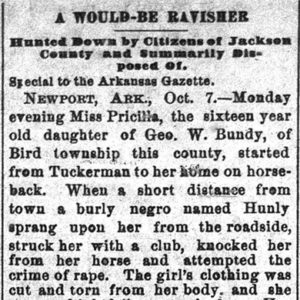 Hunley Lynching Article
Hunley Lynching Article
Jackson County
Jackson County Courthouse
 Jackson County Courthouse
Jackson County Courthouse
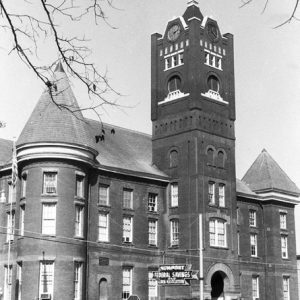 Jackson County Courthouse
Jackson County Courthouse
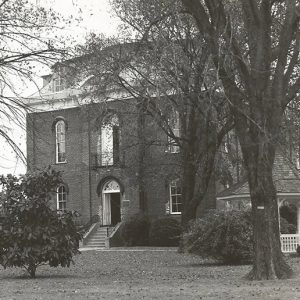 Jackson County Courthouse
Jackson County Courthouse
 Jackson County Courthouse
Jackson County Courthouse
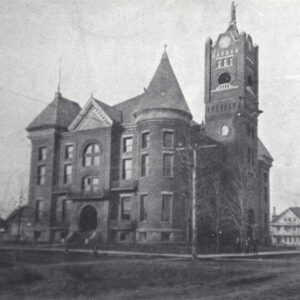 Jackson County Courthouse
Jackson County Courthouse
Jackson County Historical Society
 Jackson County Lynching
Jackson County Lynching
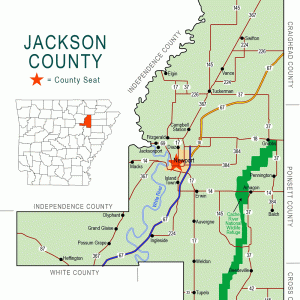 Jackson County Map
Jackson County Map
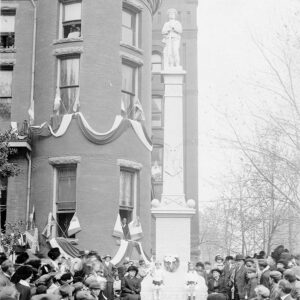 Jackson Guards Memorial
Jackson Guards Memorial
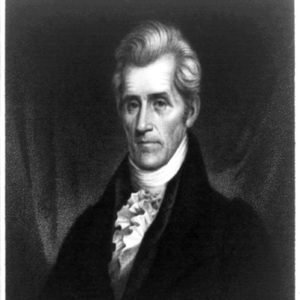 President Andrew Jackson
President Andrew Jackson
Jacksonport (Jackson County)
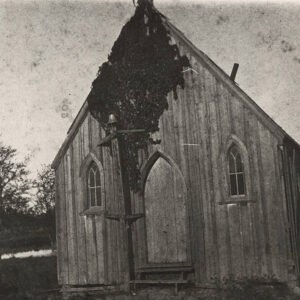 Jacksonport Church
Jacksonport Church
Jacksonport State Park
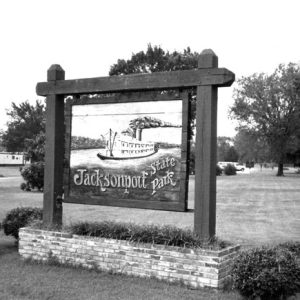 Jacksonport State Park
Jacksonport State Park
 Jacksonport State Park
Jacksonport State Park
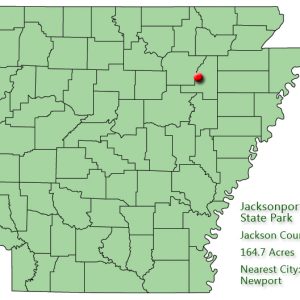 Jacksonport State Park: Park Location
Jacksonport State Park: Park Location
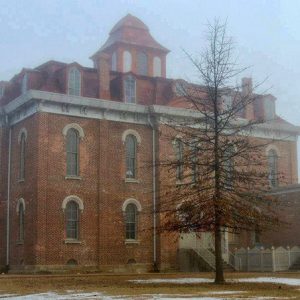 Jacksonport State Park Museum
Jacksonport State Park Museum
 Jacksonport Visitors Center
Jacksonport Visitors Center
Jacksonport, Affair at
aka: Skirmish at Stoney Point
Jacksonport, Attack on
Jacksonport, Skirmish at
aka: Augusta Expedition (April 22–24, 1864)
 Jerry Blalock Execution Story
Jerry Blalock Execution Story
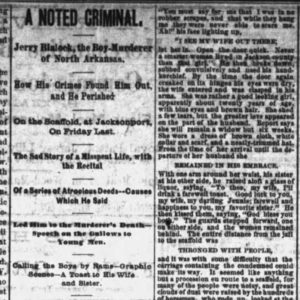 Jerry Blalock Execution Story
Jerry Blalock Execution Story
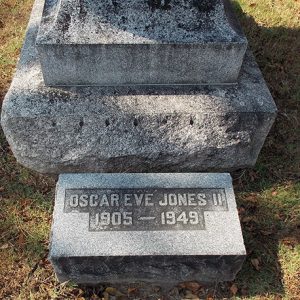 O. E. Jones Headstone
O. E. Jones Headstone
Keedy, Bill
 George Kell
George Kell




